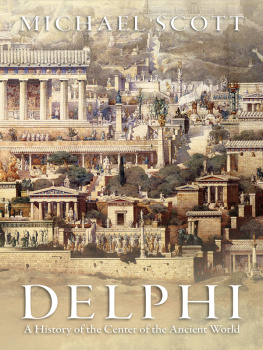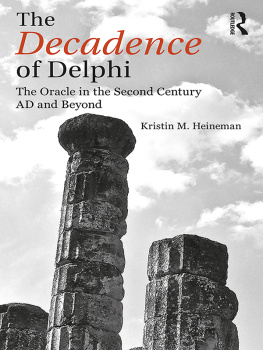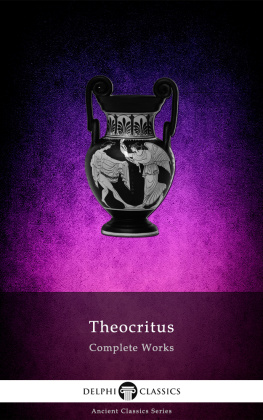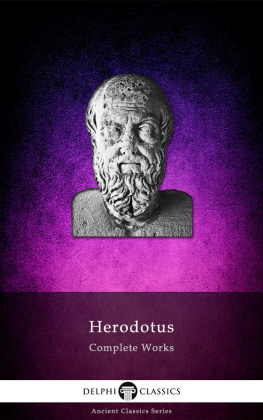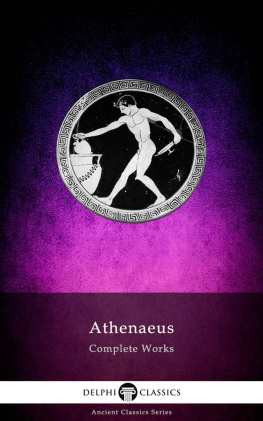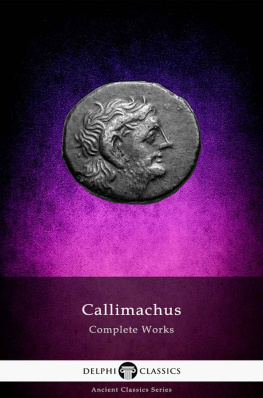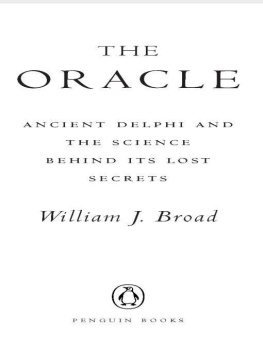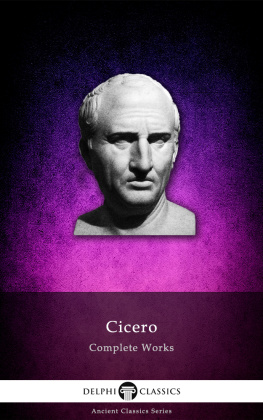
DELPHI
MICHAEL SCOTT
PRINCETON UNIVERSITY PRESS Princeton and Oxford
Copyright 2014 by Michael Scott
Requests for permission to reproduce material from this work
should be sent to Permissions, Princeton University Press
Published by Princeton University Press, 41 William Street,
Princeton, New Jersey 08540
In the United Kingdom: Princeton University Press, 6 Oxford Street,
Woodstock, Oxfordshire OX20 1TW
press.princeton.edu
Cover image: Detail of Albert Tounaire, Sanctuary of Apollo at Delphi, watercolor, 1894, Ecole des Beaux-Arts Paris. Photo Credit: CCI / The Art Archive at Art Resource, NY
All Rights Reserved
ISBN 978-0-691-150819
Library of Congress Control Number: 201393891
British Library Cataloging-in-Publication Data is available
This book has been composed in Garamond Premier Pro
Printed on acid-free paper.
Printed in the United States of America
10 9 8 7 6 5 4 3 2 1
For my friends, mentors, and colleagues in Cambridge,
to whom I will always owe a great debt for their support,
comradeship, and encouragement.
The investigation of the remains at Delphi is the most interesting and important work now remaining to be accomplished in the field of Classical archaeology. The part which Delphi played in the history of Greece is too well known to need recounting. The imagination of every man who recognises what modern civilisation owes to ancient Greece is stirred by the name of Delphi as by no other names except that of Athens. Delphi will be forever one of the sacred seats of the life of the human race.
Circular of the Archaeological Institute of America, 11 May 1889
ACKNOWLEDGMENTS
This book would not have been born without the enthusiastic interest of my agent, Patrick Walsh, and of my editor, Rob Tempio, at Princeton University Press. Its development would not have been possible without the resources of the Classics Faculty in Cambridge, the British School at Athens, and the cole franaise dAthnes. Its story builds on the work of many scholars who have helped unravel Delphis history, and who have in many cases kindly given their time and expertise to help me. Most importantly, this books completion was secured thanks to the constant support I have been privileged to receive from the friends and loved ones I am lucky to have in my life.
MAPS

Map 1: Delphi and the Mediterranean world ( Michael Scott)

Map 2. Delphi and the Aegean ( Michael Scott)

Map 3. Delphi and its immediate surroundings ( Michael Scott)
DELPHI
One of the enduring missions of Delphi is to bring
together men and women who otherwise remain divided
by material interests.
Memorandum of Justification
PROLOGUE: Why Delphi?
The love affair began, it was said, during the sacrifices in honor of the hero Neoptolemus. It was conducted in secret: the woman was already promised in marriage to someone else within the community. Eventually, the two young lovers decided to flee. They were helped to escape by a priest, and traveled to the farthest reaches of the Mediterranean world, where, after facing numerous trials and tribulations, they emerged triumphant and together.
This is the plot of an ancient Greek novel written by a man called Heliodorus. The two lovers came from Delphi, a small city and religious sanctuary clinging to the Parnassian mountains of central Greece, but which was also known throughout antiquity as the very center, the omphalos, the belly-button, of the ancient world. It is from this omphalos that these two lovers escaped, aided by a priest, not of Apollo who ruled at Delphi, but of the Egyptian god Isis. And it was to Memphis in Egypt, to the extremes of the ancient Greek world that the two lovers traveled, where, eventually, the couple themselves became priest and priestess of the god of the Sun, Helios, and of the Moon, Selene.
Heliodoruss fictional novel creates a picture of a vast and yet connected world with Delphi at its center, to which the priests of Egyptian deities were welcomed and feted, and in which inhabitants of Delphi could become priests of deities worshiped at the boundaries of the ancient Mediterranean world. In the novel, Delphi is praised as a place ruled by Apollo, but where a plethora of other gods are honored; it is hailed as a place to which philosophers flock from all over the ancient world to perfect their wisdom secluded from the maddening crowds; and it is described by the priest of Isis, as he approached Delphi for the

Figure 0.1. The ancient sanctuary of Apollo at Delphi in its immediate landscape, hidden from the Itean plain below within the folds of the Parnassian mountains ( EFA/P. Amandry [Aupert FD II Stade fig. 23]) 1 Gulf of Itea. 2 Itean plain. 3 Museum of Delphi. 4 Sanctuary of Delphi. 5 Zig-zag sacred way path through Apollo sanctuary.
Anyone who has visited Delphi will recognize the reality behind the priests description, and particularly the way in which any sight of Delphi is denied to the visitor until the very last moment of their journey, as if the mountains themselves were protecting the city and sanctuary from view (see choreographed temple columns contrast with the gray wildness of the Parnassian rock face behind. The sound of mountain spring water making its way down to the plain below reaches your ears. And you are over-come by a stillness and a sense of otherworldliness as this hidden treasure finally reveals itself to you and beckons you in. There is a magic in the air, unlike that of any other place I have visited on earth.

Figure 0.2. The modern town of Delphi and its ancient counterpart on separate sides of a fold of the Parnassian mountains ( Michael Scott) 1 Corycian cave. 2 Ancient path leading from Delphi to Corycian cave. 3 Stadium. 4 Apollo sanctuary. 5 Castalian fountain. 6 Modern town of Delphi.
It is no accident that Heliodorus chose Delphi as the location for some of the key events in his novel, as it was not just a spectacular setting, but a linchpin in the framework of the ancient world for centuries, well known to the majority of that worlds inhabitants. At the heart of Delphi was the temple dedicated to the god Apollo, in which sat an oracular priestess, to which people from cities and dynasties all over the Mediterranean world flocked to hear her responses to their questions about the future. Surrounding the temple of Apollo was a religious sanctuary in which a number of different divinities were worshiped and which was full of stunning artistic and architectural offerings in bronze, silver, gold, ivory, and marble dedicated to the gods by these endless visitors. And surrounding the sanctuary of Apollo was the city and community of Delphi, as well as a number of other smaller sanctuaries and the facilities in which to hold massive athletic and musical competitions (which were considered on a par with the Olympics by the ancient Greeks), and to which, for centuries, competitors traveled to compete for glory in the eyes of men and of the gods (see ).
Next page
